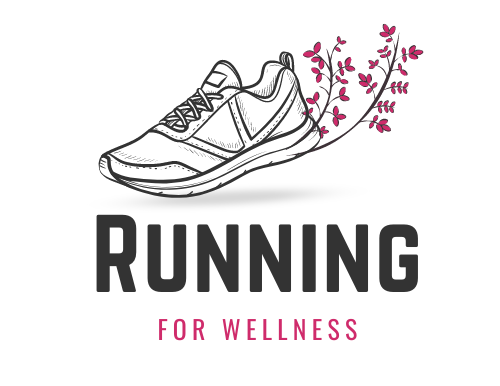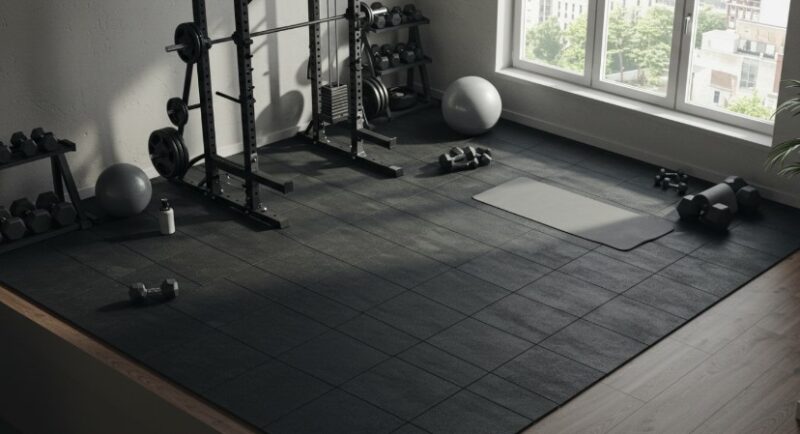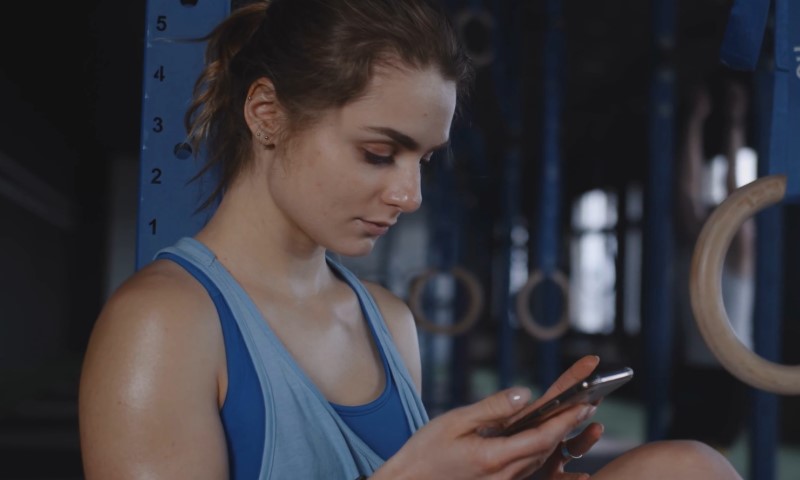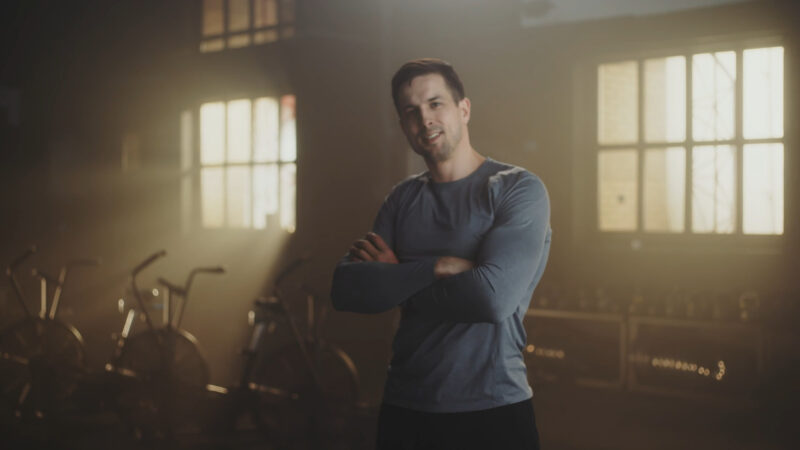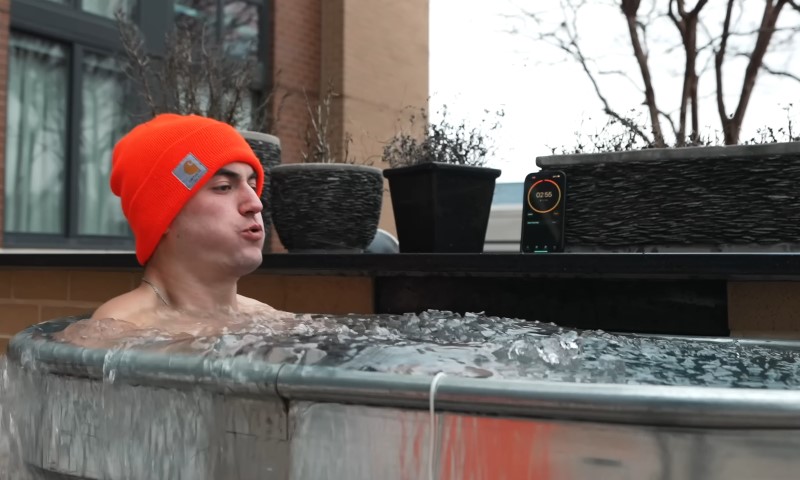In an apartment home gym, the best flooring is usually high-density rubber mats or interlocking foam tiles because they protect the subfloor, reduce noise, and provide enough cushioning for workouts without adding excessive thickness that could interfere with doors or furniture.
Rubber mats offer the best combination of durability, shock absorption, and stability for a wide range of exercises, from yoga to heavy lifts, while foam tiles are lighter, easier to move, and more affordable for smaller setups.
Table of Contents
ToggleWhy Apartment Gym Flooring Is Different
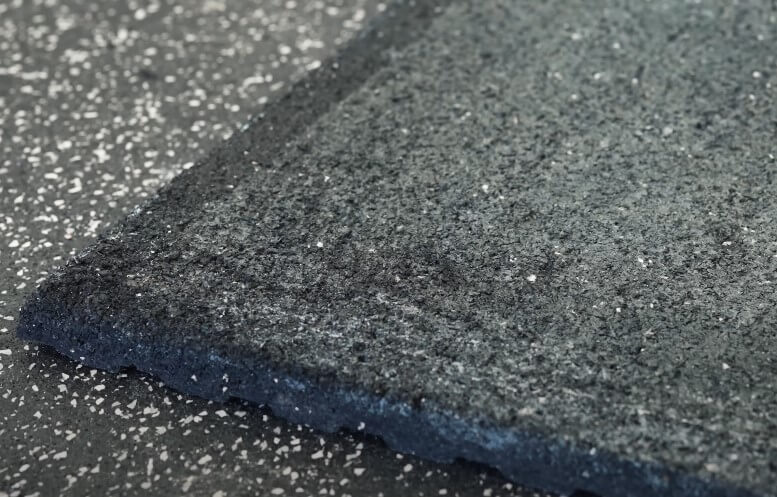
Working out in an apartment is a whole different game compared to training in a garage or basement. Your downstairs neighbor will hear and feel the thud of a dropped dumbbell. Hardwood and laminate floors can dent or crack under the concentrated weight of a loaded barbell. Even lighter cardio equipment like spin bikes or treadmills can transmit vibrations through the building structure, especially in older apartment buildings with less sound insulation.
That’s why apartment gym flooring needs to solve three problems at once:
- Protect the floor from scratches, dents, and cracks caused by dropped weights and heavy machines.
- Reduce noise and vibration so your workouts don’t lead to complaints or awkward neighbor interactions.
- Provide stability and comfort so you can train safely and avoid slipping or joint strain.
The right choice also extends the life of your equipment. A treadmill or weight bench sitting on bare hardwood will gradually shift and wobble; with the right flooring, your strength training equipment stays planted and performs the way it should.
The Main Flooring Options for Apartment Gyms
Here’s a breakdown of the most common choices for apartment gym floors, with their strengths and weaknesses laid out side by side.
| Flooring Type | Best For | Advantages | Drawbacks |
| High-Density Rubber Mats | Heavy lifting, HIIT, cardio machines | Superior floor protection, great shock absorption, long-lasting, stable | Heavy to move, more expensive upfront |
| Interlocking Foam Tiles | Bodyweight training, yoga, and light dumbbells | Lightweight, affordable, easy to install, and replace | Compresses under heavy loads, less effective at noise reduction |
| Cork Flooring | Low-impact routines, Pilates | Naturally absorbs sound, comfortable, and eco-friendly | Not ideal under heavy equipment, sensitive to moisture |
| Carpet Tiles | Multi-use rooms with light exercise gear | Soft, warmer feel, easy to swap tiles | Retains sweat, not stable for lifting |
| Vinyl + Underlayment | Cardio or light resistance training | Water-resistant, easy to clean, looks good | Needs extra padding to handle impact well |
Why Rubber Flooring Usually Wins
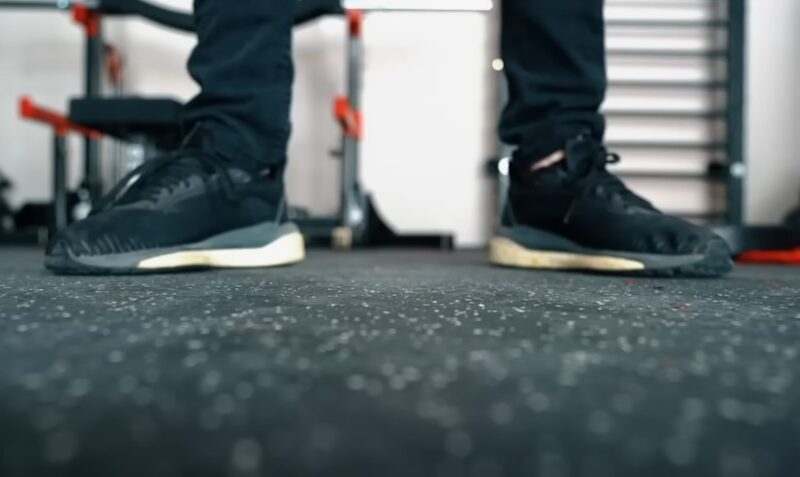
Rubber mats are the go-to in most commercial gyms, and there’s a reason they translate so well to apartments. They’re dense enough to absorb the shock of a dropped dumbbell without bouncing like foam does. They also do a far better job of controlling vibration than cork, carpet, or vinyl.
For apartment lifters, the sweet spot is usually 3/8″ (10mm) to 1/2″ (12mm) thick mats. At this thickness, you get strong impact resistance without creating a trip hazard or making doors stick. The mats can be laid down wall-to-wall or just under your training zone. If you’re short on space, you can even create a “floating platform” by layering rubber over a thin plywood sheet. This is a common trick among apartment dwellers who do barbell work but need to keep noise and vibration to a minimum.
Rubber also gives you a stable surface for balance-dependent lifts like squats and deadlifts. Foam might feel comfortable underfoot, but it compresses when you load it heavily, which can throw off your form and stability.
Foam Tiles: When They Make Sense
Foam tiles are easy to overlook in serious training discussions, but they do have their place. They’re cheap, quick to install, and perfect for softening the floor during stretching, yoga, or bodyweight circuits. For renters who just need a bit of cushioning under a stationary bike or a rower, foam can be enough.
The catch is durability. If you park a loaded power rack or a set of heavy dumbbells on foam tiles, they’ll start to dent and deform quickly. They also don’t dampen sound as effectively as rubber, so if you have downstairs neighbors who are sensitive to noise, foam might not be the best long-term solution.
Thickness and Density: What Matters
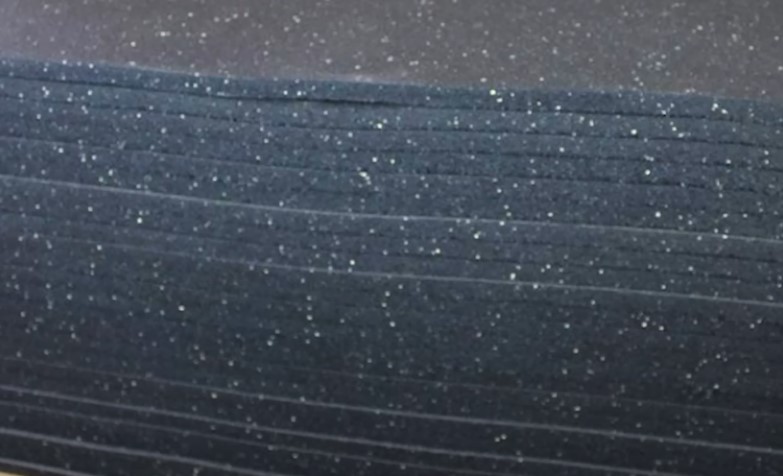
When people think about gym flooring, they often focus on the surface material but forget how much thickness and density matter. A thin, soft mat might feel nice at first, but it won’t stop vibration from traveling through the building. On the flip side, an overly thick and soft floor can make lifting heavier weights less stable.
Quick Thickness Guide:
- 1/4″ (6mm): Light workouts only, too thin for real impact protection.
- 3/8″ (10mm): Good for general fitness and moderate lifting in apartments.
- 1/2″ (12mm): Ideal for heavy Strength Training Equipment and high-impact moves.
- 3/4″ (19mm): Overkill for most apartments, but great for Olympic lifting.
Noise and Vibration Tips for Apartment Gyms
Even the best flooring can’t make you completely silent if you’re doing high-impact work, but you can make a huge difference by combining flooring with smart habits:
- Put all cardio machines on vibration isolation pads.
- For barbell work, use crash pads or lift from a padded platform.
- Avoid dropping weights entirely; lower them under control to reduce noise.
- Consider timing your workouts so you’re not training directly over someone’s bedroom late at night.
Cost and Lifespan Considerations
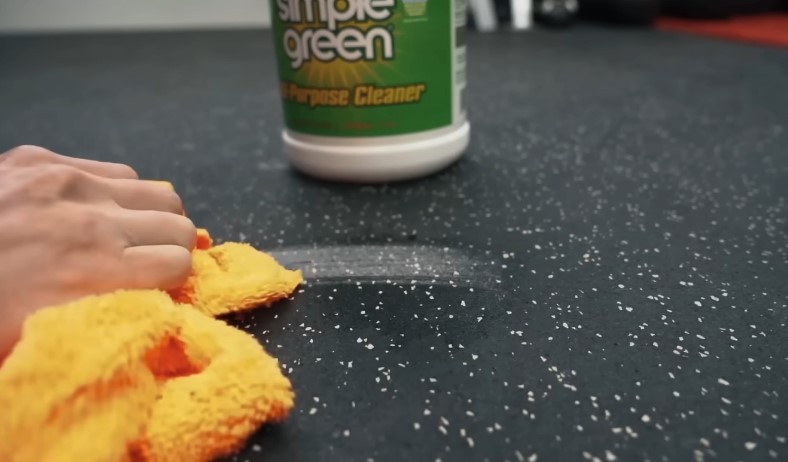
If you’re thinking long-term, rubber mats offer the best value even though they cost more upfront. Foam will need replacing more often, especially under heavy loads. Cork and vinyl can last if well-maintained, but they’re not as versatile for mixed training styles.
| Flooring Type | Average Cost per Sq. Ft. | Expected Lifespan |
| Rubber Mats | $2.50–$5.00 | 8–10 years |
| Foam Tiles | $1.00–$3.00 | 2–4 years |
| Cork | $3.50–$6.00 | 5–7 years |
| Carpet Tiles | $1.50–$4.00 | 4–6 years |
| Vinyl + Underlayment | $2.00–$5.00 | 6–8 years |
Final Thoughts
For most apartment dwellers, rubber flooring is the safest and most reliable choice, especially if you own or plan to buy strength training equipment. It protects your floor, keeps your workouts stable, and cuts down on noise enough to keep the peace with your neighbors. Foam can work for lighter or temporary setups, but if you’re serious about training at home, invest in rubber once, and you won’t have to think about it again for years.
The flooring you choose now will determine how comfortable, safe, and neighbor-friendly your home workouts are. Measure your space, think about the heaviest activity you’ll do, and pick a thickness and material that covers your needs without overcomplicating your setup. With the right choice, you can train hard in your apartment without sacrificing your floor, your gear, or your relationships with the people living below you.
Related Posts:
- How Can You Start a Career as a Running Coach?
- Lower Back Pain While Running? Here's What You Need to Know
- How Long Does It Take to Train for a Half Marathon?
- Tendonitis, Shin Splints, and Other Common Leg…
- How To Recover From Muscle Inflammation Without Medication
- How Far Is a Half Marathon? Everything You Need to Know
